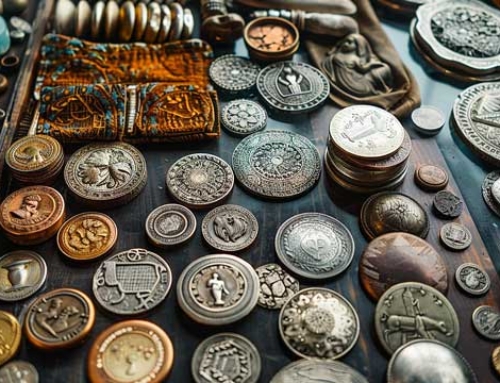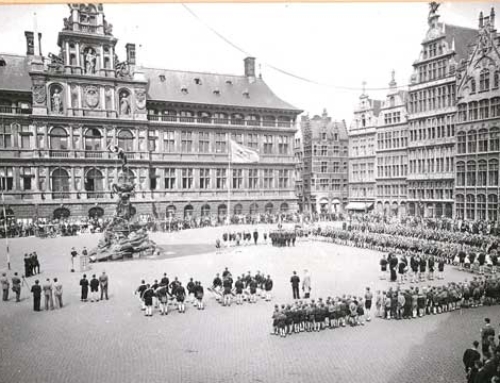Diamonds have long been established as a symbol of love, endurance and wealth. But what makes these wondrous sparkling stones so timeless and precious? Where did they come from and what are they made of and how did the diamond industry become the multi-billion pound industry it is today?
To understand the history of the diamond industry, we should probably start by understanding what a diamond actually is.
What is Diamond?
Strange as it may seem, diamonds are made of the same element as a far more common substance on our planet: coal.
Both coal and diamond are made of carbon, but what makes diamonds different is their atomic structure. While coal is made up of a jumble of atoms, the extreme pressure under which diamonds are created deep in the earth causes the atoms to line up in a perfect lattice structure, which is what gives them that familiar translucence and sparkle. Unlike coal, the structure of atoms inside diamond also makes it one of the hardest materials known to mankind (which is why it’s also used to tip drill bits in the mining industry).
Why are diamonds so Valuable?
This structure means that they’re extremely tough, and can only be scratched by another diamond. For this reason, they have come to be seen as extremely valuable, since they can maintain their beauty and radiance for countless generations.
Diamonds are formed miles beneath the Earth’s surface and most spend billions of years under immense pressures, giving them their trademark clarity. Only around 50% of diamonds which manage to reach the surface are considered to be of sufficient quality to enter the diamond market. The long journey they undertake and the rarity of the perfect stones all contribute to their value.
Diamonds have been considered precious since they were first discovered. In the Dark Ages, people believed that the gems could heal wounds and cure illnesses so they would be ground up and ingested.
These superstitions didn’t end in the Dark Ages, for centuries diamonds have been used as talismans to ward off evil or to provide protection in battle. Over time, diamonds became a symbol of strength, courage and invincibility. As such, only kings were permitted to wear diamonds until the 15th century as a demonstration of their strength.
The first record of a diamond engagement ring was in 1477 when Archduke Maximilian of Austria proposed to Mary of Burgundy. Engagement rings themselves date back to Ancient Egyptian times and their role in the ritual of marriage has changed over the centuries.
When were Diamonds first Found?
In the 4th century BC, we find the first records of diamonds being found in India when they were transported via the Silk Road to China. India was considered to be the only source of diamonds until around the 18th century when the Indian diamond mines were depleted and miners had to look elsewhere to satisfy the world’s craving for these gems.
In 1725, gold miners stumbled upon a small deposit of diamonds in Brazil. Although this wasn’t sufficient to meet the world’s demands, Brazilian diamond mining held the monopoly on diamonds for over 100 years until South African diamond mines were discovered in 1866 by Erasmus Jacobs.
The discovery of diamonds in South Africa heralded the first large scale mining operation known as the Kimberly Mine. Although increasing the supply of diamonds substantially, the sheer number of diamonds which flooded the market subsequently decreased their value and demand for colored gemstones such as rubies, emeralds and sapphires increased as these were seen to be rarer and more precious.
By the 1870s, 95% of the world’s diamonds were mined in South Africa and in 1881, Cecil John Rhodes formed DeBeers Consolidated Mines Ltd which subsequently monopolized the mining and distribution of South African diamonds. By the time their founder died in 1902, the company controlled 90% of the world’s diamonds.
How did the Diamond Industry get Started?
The creation of the DeBeers company and their subsequent domination of the market shaped the diamond industry as we know it today. Although there has always been a demand for diamonds, Rhodes’ vision to create a scarcity of diamonds in order to raise prices encouraged diamond claim holders and distributors to flock to the DeBeers company and created a stranglehold on the diamond industry which would last for many years.
Following Rhodes’ death in 1902, a rival diamond producer named Oppenheimer began to buy his way into the DeBeers’ board, establishing himself as chairman by 1927. Under new rules, Oppenheimer created exclusive contracts within the diamond industry, essentially rendering it impossible to deal in diamonds without coming into trade with DeBeers.
This system worked perfectly to ensure DeBeers had control of the world’s diamonds until the 1930s when a global decline in diamond prices forced the Oppenheimer family to come up with new strategies to sell their stock.
Diamonds are Forever
Following the drop in the value of diamonds, DeBeers hired a leading advertising agency, N.W. Ayer, in 1947 and together they created the “a Diamond is forever” campaign. This campaign sought to convince Americans that diamonds are the only choice for an engagement ring and is widely considered to be one of the most successful advertisements of all time, resulting in over 78% of today’s engagement rings incorporating diamonds.
Although it was DeBeers’ marketing strategy which is renowned for creating the diamond equals love idea, the use of rings to symbolise everlasting love was not a new concept, however, diamonds were fairly uncommon in this tradition until the campaign.
Diamonds remain the most romantic precious stone to this day, and their history is a fascinating one. The word diamond itself inherently lends itself to the concept of marriage as it stems from the Greek word ‘adamas’, which means “unconquerable”. The strength and solidity of this remarkable gemstone are naturally tied to the idea of marriage being a love which lasts forever, with diamond being the perfect symbol of this unbreakable bond.







